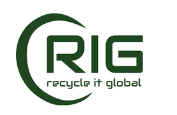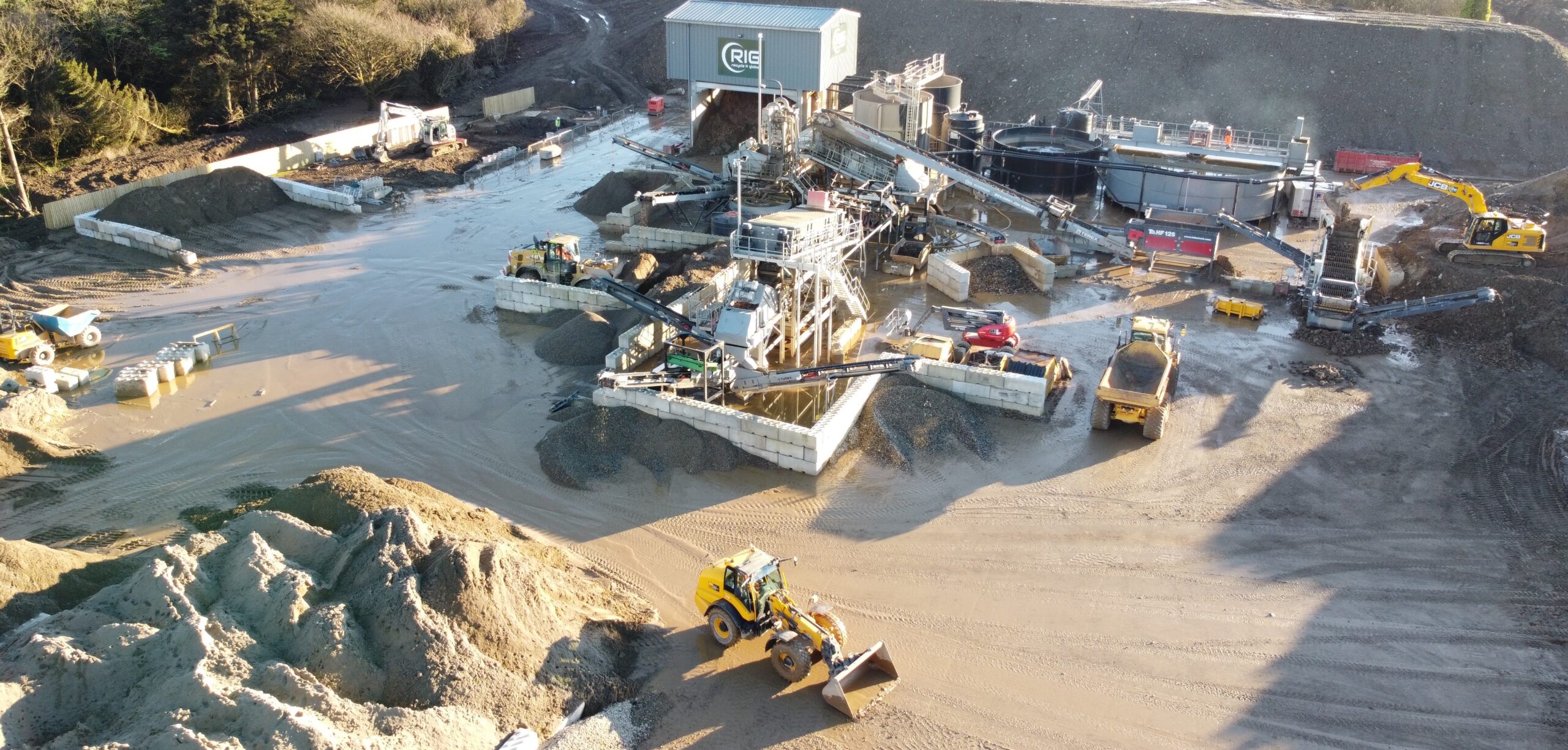- Focus: A step-by-step look at the recycling process for sediment waste at RIG, illustrating each stage from initial collection to finished product.
- Key Points: Washing and sorting processes; testing for quality and safety; how RIG’s products compare to traditional materials.
Introduction: Transforming Waste into a Valuable Resource
Sediment waste from mining and construction sites is often treated as a disposable byproduct, piling up in landfills and contributing to environmental strain. But what if this sediment could be transformed into a valuable construction material? RIG has pioneered an innovative process to recycle sediment waste into high-quality aggregate—an environmentally responsible alternative that meets the same standards as traditional materials. Here’s a look at how RIG takes sediment waste on a journey from landfill-bound to a premium aggregate for sustainable construction.
Step 1: Collection – Gathering Waste Sediment for Recycling
Instead of letting sediment go to waste in landfills, construction and mining companies transport it to RIG’s specialised waste transfer stations. Here, the material is carefully inspected and catalogued, laying the foundation for a precise recycling process. This initial step in sediment recycling is essential: it diverts waste from landfills, reduces environmental pollution risks, and opens the door to reclaiming valuable resources.
Step 2: Washing – Removing Impurities for Clean Aggregates
Once collected, the sediment waste undergoes a rigorous washing process. This phase is crucial, as sediment often contains impurities that must be removed to produce a high-quality end product. RIG’s advanced washing system goes beyond basic rinsing, employing multi-stage washing techniques to eliminate contaminants, such as fine particles, unwanted minerals, and potential pollutants. By the end of this process, the sediment is free from impurities, creating a clean foundation for further refinement.
Step 3: Sorting and Grading – Breaking Down Sediment into Versatile Materials
After washing, RIG sorts the sediment by particle size and quality. Specialised equipment breaks down the material into different aggregate sizes, from fine sand to coarse gravel. This precision sorting ensures that each type of aggregate meets specific requirements for use in a range of construction applications, from concrete mixes to road base layers.
By sorting and grading the sediment, RIG not only produces a range of versatile materials but also guarantees consistency in the recycled products, making them as reliable as virgin aggregates. This stage prepares the sediment for testing and final preparation.
Step 4: Quality Testing – Ensuring Safety and Reliability
Quality control is key to making sure recycled aggregates meet the same standards as traditional materials. At RIG, each batch of sand and gravel undergoes stringent testing to verify its strength, durability, and suitability for construction use. By analysing for composition, load-bearing capacity, and contamination levels, RIG ensures its products are both safe and effective in demanding applications like structural concrete, paving, and landscaping.
This rigorous testing process is why RIG’s recycled sediment aggregates consistently meet or exceed industry standards, setting a high benchmark for quality and safety in recycled materials.
Step 5: Final Product – High-Quality Recycled Aggregates Ready for Use
The end result of RIG’s recycling process is a selection of clean, high-quality sand and gravel ready for construction use. These recycled aggregates perform just as well as traditional materials but come with added environmental benefits. By choosing RIG’s aggregates, construction companies can access reliable, cost-effective materials while also reducing their environmental footprint and supporting sustainable building practices.
How RIG’s Recycled Aggregates Compare to Traditional Materials
RIG’s recycled aggregates offer several key advantages over virgin materials:
- Comparable Performance: Thanks to RIG’s rigorous washing, sorting, and testing processes, the recycled sand and gravel meet industry standards, making them suitable for structural and load-bearing applications.
- Lower Environmental Impact: RIG’s aggregates reduce the need for mining virgin materials, conserving natural resources and minimising habitat disruption.
- Cost-Effective: Recycled aggregates are generally more affordable than traditional ones, providing a high-quality alternative that also supports sustainability goals.
Conclusion: A Better Path for Sediment Waste
Through RIG’s innovative recycling process, sediment that would otherwise sit idle in landfills is transformed into a high-quality, eco-friendly resource. This journey—from waste to high-performance aggregate—highlights the potential for recycled materials to reduce environmental impacts, conserve natural resources, and provide a valuable solution for sustainable construction.
Interested in learning how RIG’s recycled aggregates can benefit your next project? Contact us to see how our materials can meet your quality standards while supporting a greener future in construction.
Written by Alisha Harris, Marine Scientist at RIG

